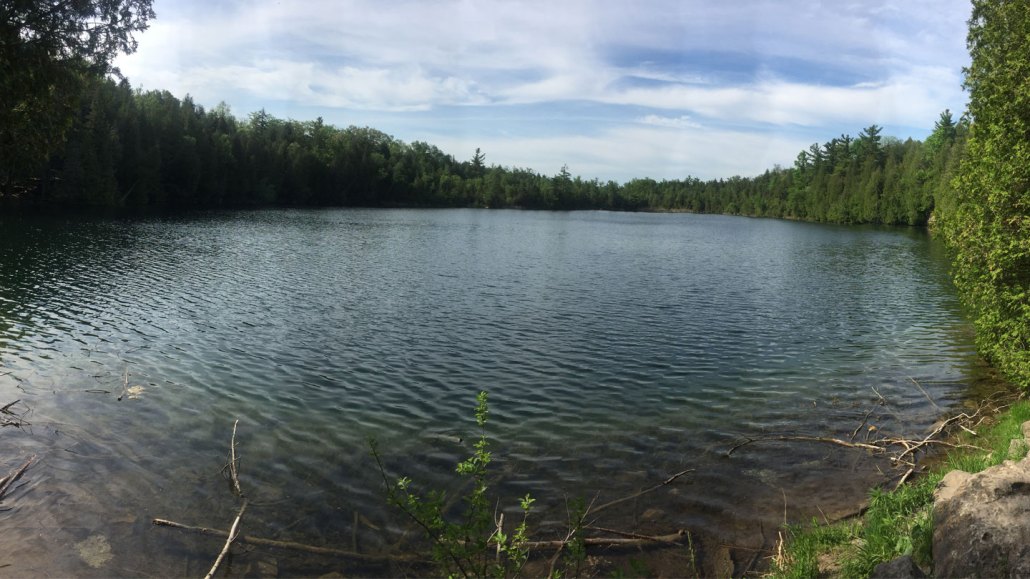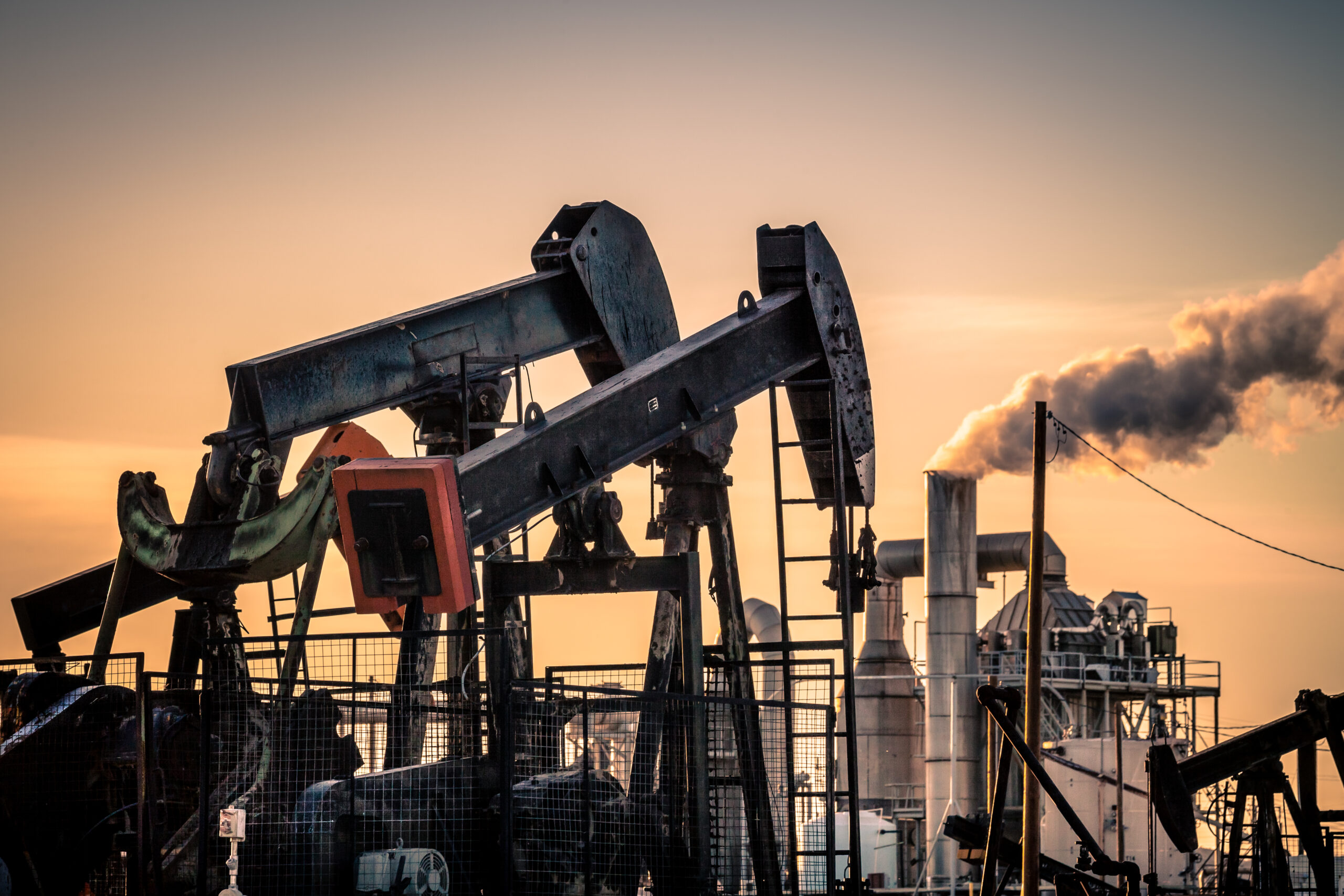Canada’s Crawford Lake seems to mark when the Anthropocene began
The proposed new geologic epoch points to humans’ profound role in altering Earth

Mud on the floor here, at Crawford Lake, holds an extremely precise record of the influence that people have recently exerted over our entire planet.
Sarah Roberts
Share this:
- Share via email (Opens in new window) Email
- Click to share on Facebook (Opens in new window) Facebook
- Click to share on X (Opens in new window) X
- Click to share on Pinterest (Opens in new window) Pinterest
- Click to share on Reddit (Opens in new window) Reddit
- Share to Google Classroom (Opens in new window) Google Classroom
- Click to print (Opens in new window) Print
Scientists are one step closer to defining a new chapter in geology. They’re calling it the Anthropocene. And its name refers to humans having become the dominant driver of Earth’s environment, including its climate.
Scientists suspected the new epoch started at some point in the early 1950s. So they set about looking for some place that might mark its official beginning. They narrowed a candidate list to 12 sites around the world. In the end, they chose Crawford Lake in Milton, Ontario, Canada.
Researchers announced their selection at a July 11 news conference during the Max Planck Society Conference for a Sustainable Anthropocene. That meeting took place in Berlin, Germany.
Mud on the bottom of Crawford Lake holds one of the most precise records of how our species has altered Earth. These changes include upticks in plutonium, a radioactive element, left by military tests of nuclear weapons. There’s also ash from the burning of fossil fuels, as well as deposits of heavy metals (such as lead). More recently, microplastics have been showing up here and elsewhere across the planet.
The Anthropocene isn’t an official epoch yet. More committees must approve it before it can be added to the official geologic time scale. But doing so would end the nearly 12,000-year-long Holocene. Marking the end of the last ice age, that epoch covered the rise of humans as Earth’s defining species.
Scientists first started describing an Anthropocene in the early 2000s. They wanted a term to note how human activities were now reshaping the planet on a global scale. Still, the term lacked a formal geologic definition.
“It exploded … quickly into other disciplines without it being defined,” recalls Simon Turner. So finding that definition is “what we’ve been trying to do ever since.” An earth scientist, Turner works in England at University College London.
It was a hard choice
The International Commission on Stratigraphy is in charge of defining geologic time. In 2009, it convened a committee to define the Anthropocene. It also asked the group to decide if such a time deserved its own spot in the geologic time scale.
From coral to ice to peat, each of 12 candidate sites showcased a remarkable record of human activity. After more than 10 years, the committee chose Crawford Lake as the reference site. They thought it best marked the beginning of the emerging new geologic time period.
But picking Crawford Lake was hard, says Turner, a member of the committee. It was “like choosing a favorite child.” His group ultimately decided that this lake’s muddy layers trapped one of the most precise histories of human activity.
Each summer, the lake’s pH and warm temperatures trigger mineral crystals to form near the top of the water. Those crystals later fall like snow to the lake floor. There, they build up undisturbed.
“You get these lovely stripes,” Turner says of those layers. Like looking at tree rings, he says, you can resolve what year each is from. You do it “pretty much by counting backwards from the [top].”
Starting in the early 1950s, those layers capture a sharp rise in radioactivity and other evidence of human activity.

Some people still challenge the idea
Not all scientists agree that the Anthropocene began just 70 years ago. Some question if it should be officially defined at all. “Any time you draw a hard line in the geologic record or in any other system,” says Jacquelyn Gill, “there’s a before and there’s an after.” And, she points out, “We know human impacts began well before 1950.” A paleoecologist, she works at the University of Maine in Orono.
Keeping a more informal and flexible concept — like what’s used now in disciplines outside of geology — might be better, Gill says. That could be “more powerful as a tool,” she says, than it is to set forth some “narrow definition that then creates confusion about everything that came before.”
Still, trying to define the proposed new epoch in geologic terms underscores humanity’s rapid impact on Earth, Turner says. It also points to our species’ dramatic impact on the planet. “We’ve become a geological force.”







